One platform
One platform to unify grove-level carbon, biodiversity, and sustainability data
Verification
Verify sustainability claims for grants, export markets, and certifications
Future Proof
Future-proof against climate risks and compliance pressure




The Olive Oil Challenge
The Mediterranean produces over half of the world’s olive oil. Behind this success are thousands of producers’ cooperatives and mills working with pride, heritage, and resilience. But now, the landscape is shifting. Buyers want traceability. Grants require proof. And EU regulations are raising the bar.
From carbon footprint to biodiversity protection and sustainable land management, every liter of olive oil must demonstrate its environmental impact, clearly and credibly. Cooperatives understand that sustainability matters. For years, they’ve invested in organic farming, water efficiency, and rural livelihoods. But turning those values into verified, reportable metrics remains a major challenge.
Data is fragmented across growers and cooperatives. Biodiversity baselines are missing. Scope 3 emissions (from inputs to irrigation to packaging) are rarely tracked. ESG and PAC reporting is still manual, time-consuming, and difficult to scale. The result? More time spent chasing numbers than driving real impact.
Why Sustainable Olives Are Now Mission-Critical
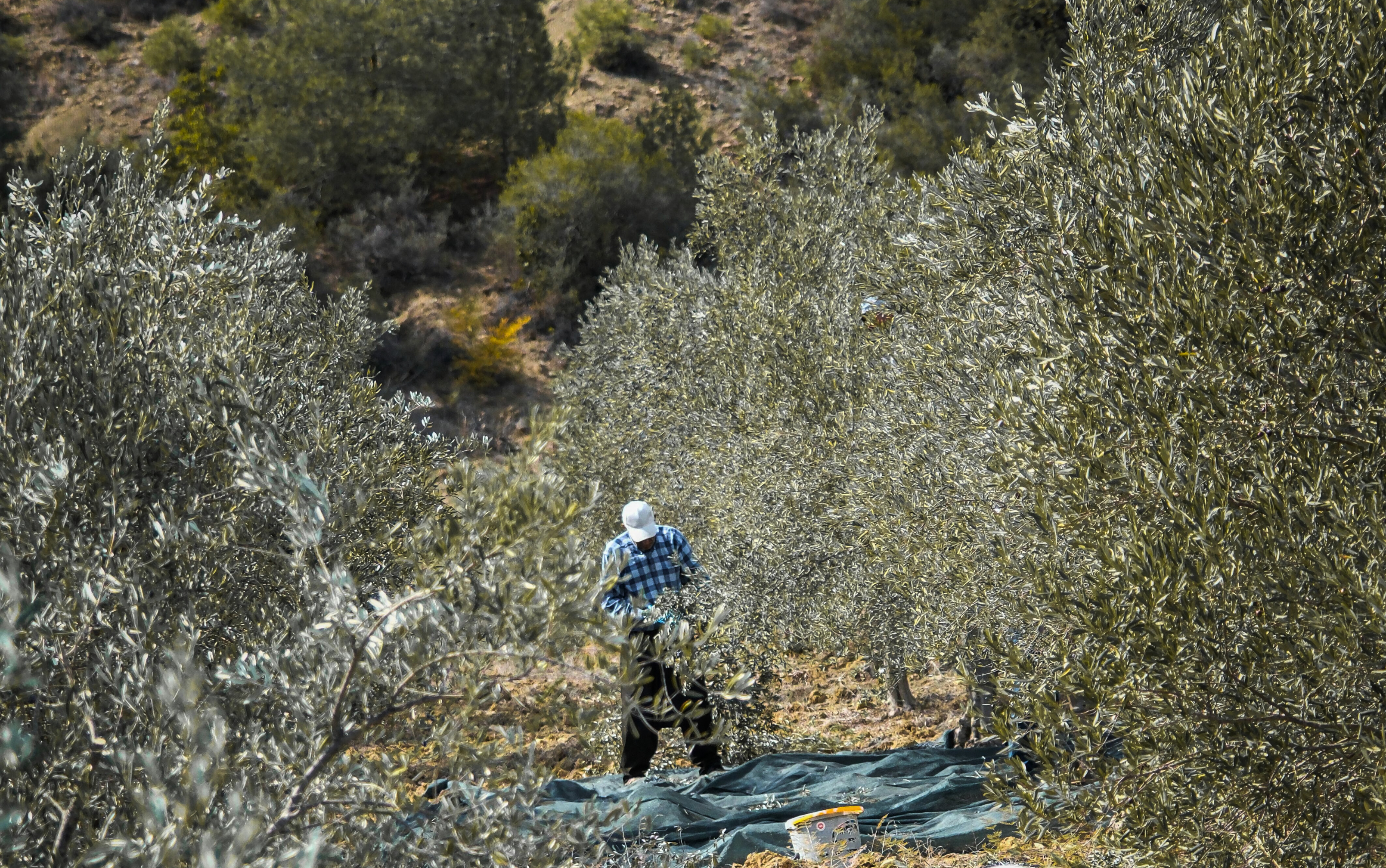
Harvest Risks
Floods, heatwaves, and shifting growing seasons are already impacting yield, quality, and predictability. Olive producers need data to adapt olive grove practices.
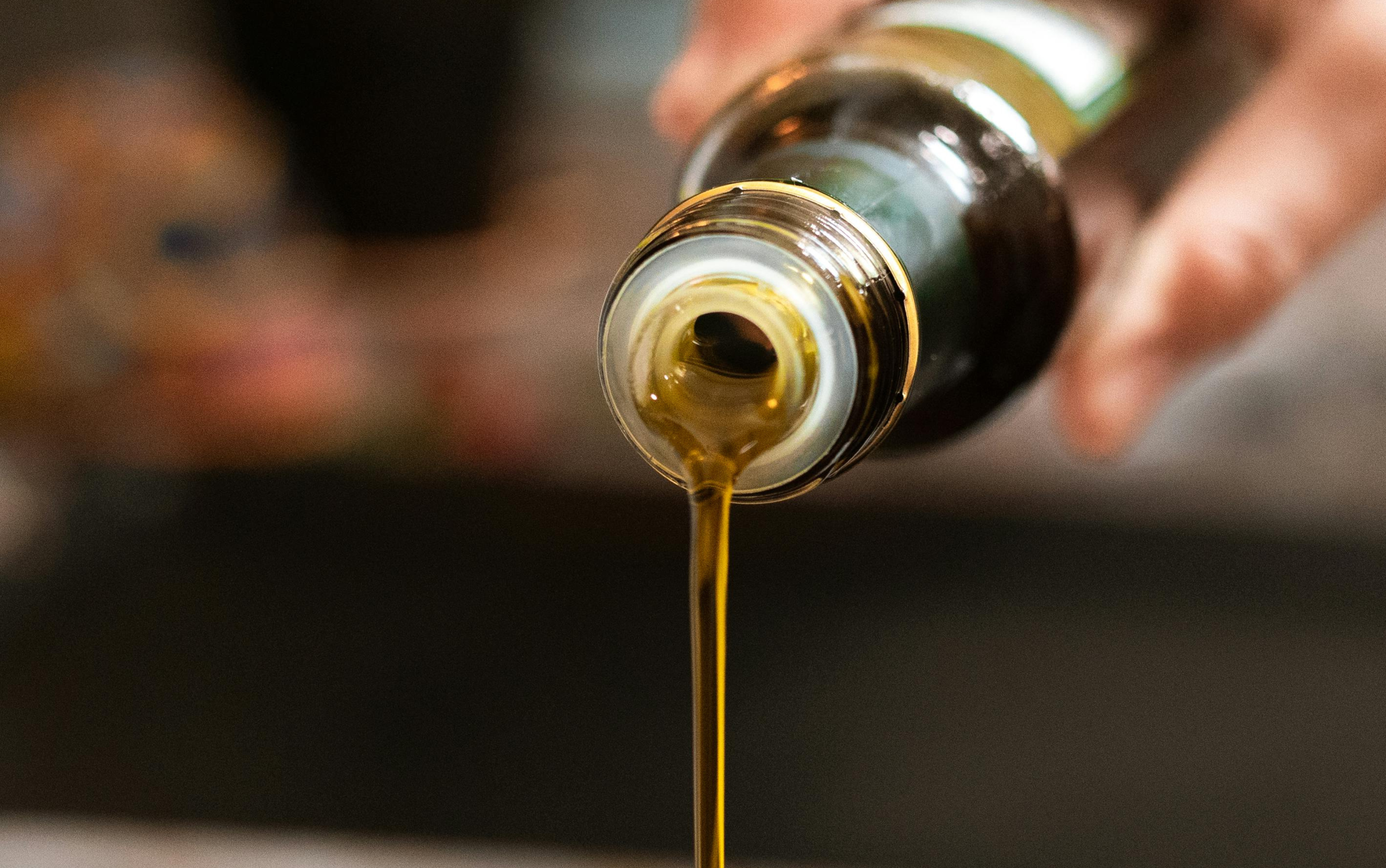
Buyers Demand
Olive oil markets across the world now value impact as much as quality. Traceability, climate action, and biodiversity data are becoming the new standard.
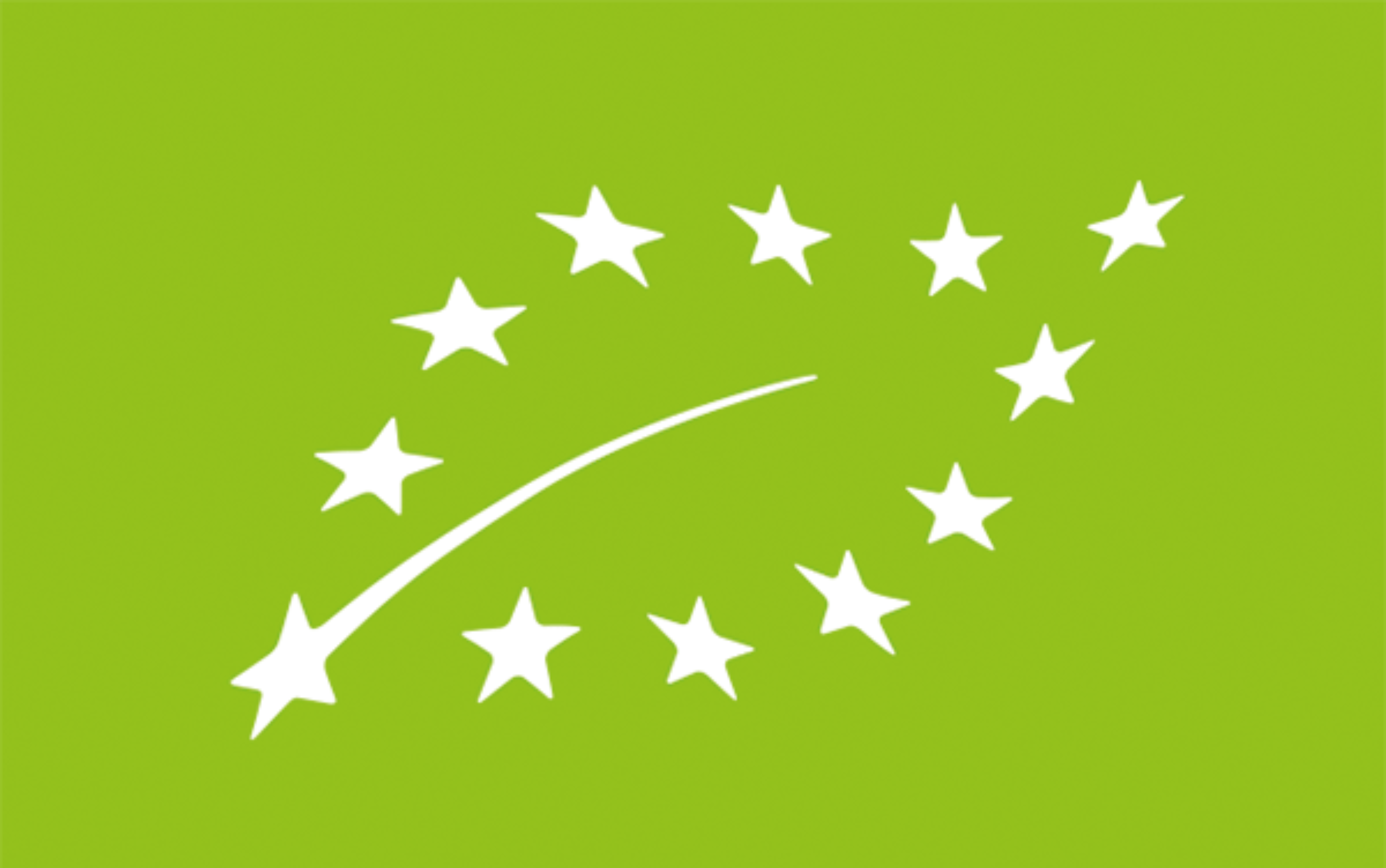
Building Trust
Organic, biodynamic, and climate certifications are now central to market access and consumer trust.
How Do We Solve This Challenge
How ODOS brings structure, science, and strategy to olive producers’ sustainability journey.
Collect Data Remotely
We gather data from existing records, satellite imagery, and predictive analysis. No site visit needed, no delays, and no extra cost for your team or growers.
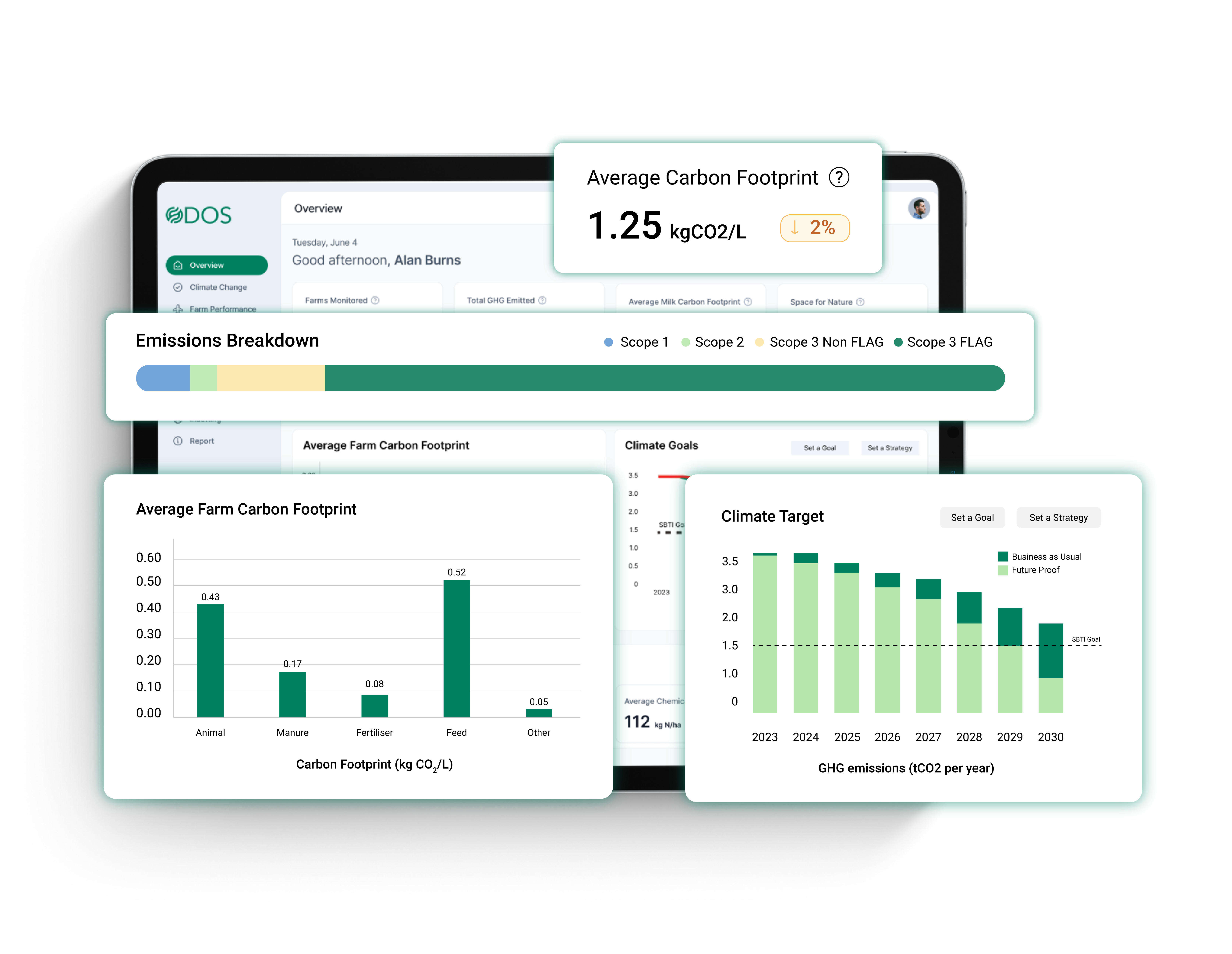
Track Biodiversity From Space
Using high-resolution remote sensing and our habitat-scoring algorithm, we prove how biodiverse your olive groves are.
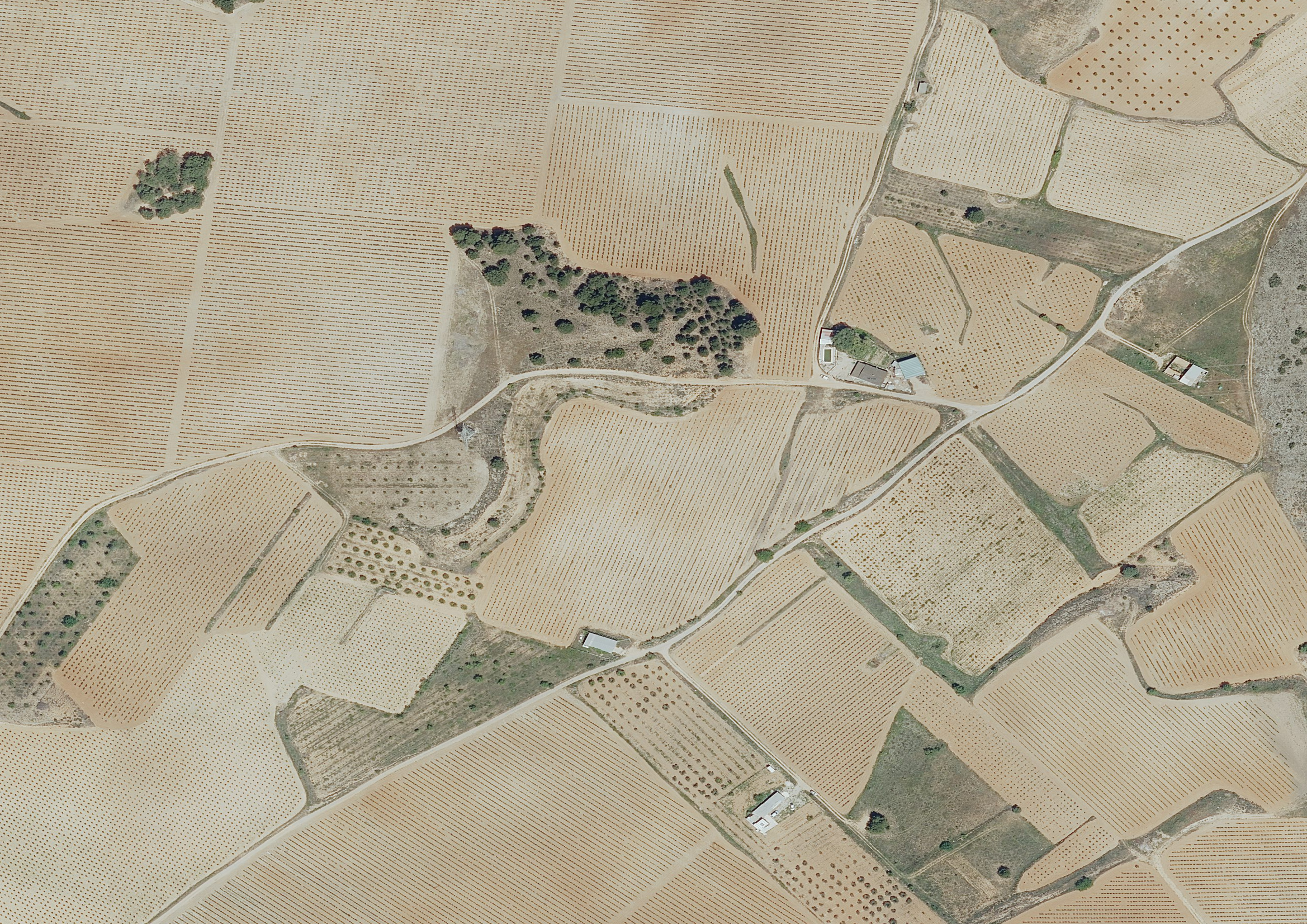
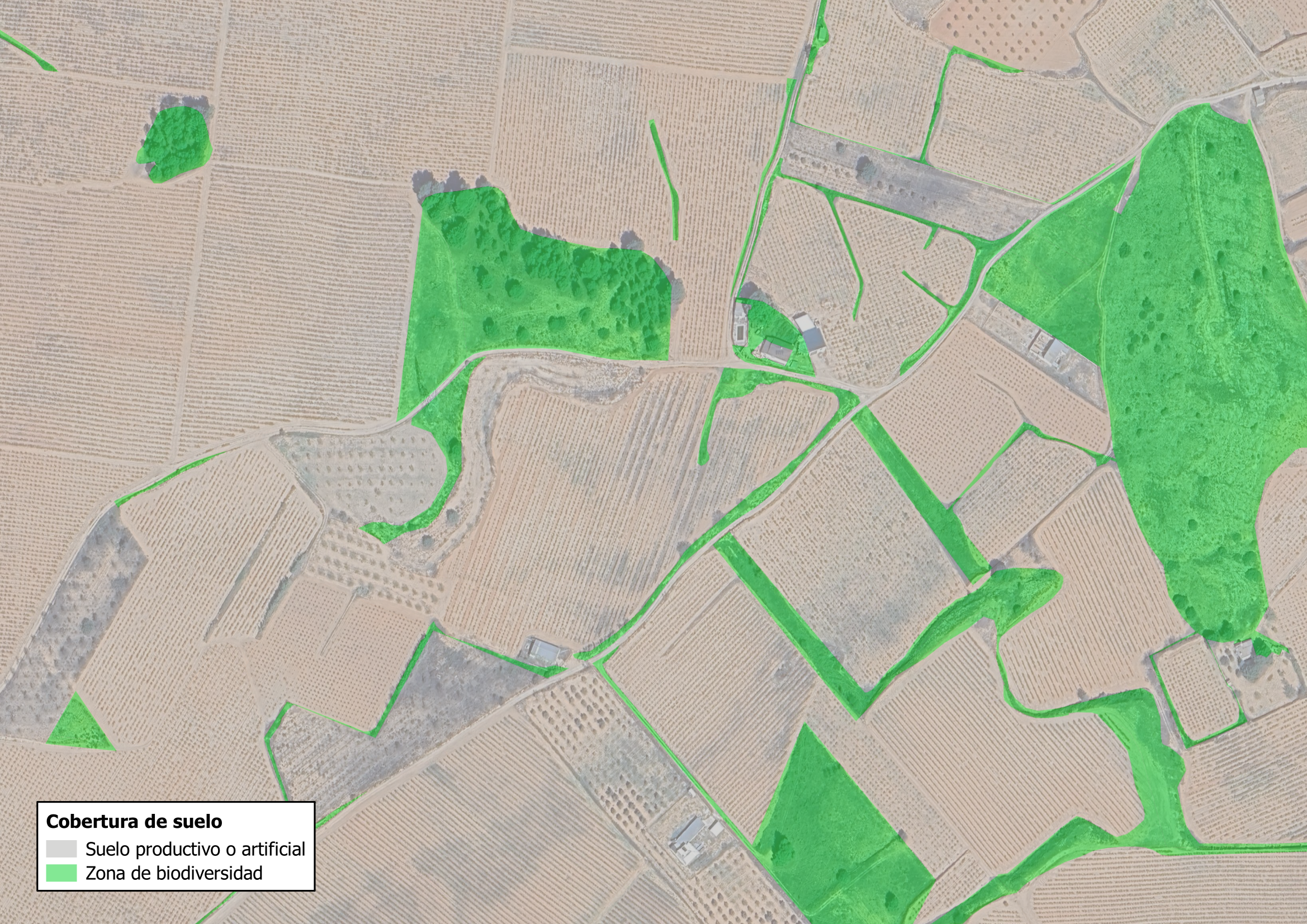
Expose Hidden Emissions
We track emissions across energy, packaging, transport, and farming inputs (scope 1-3).
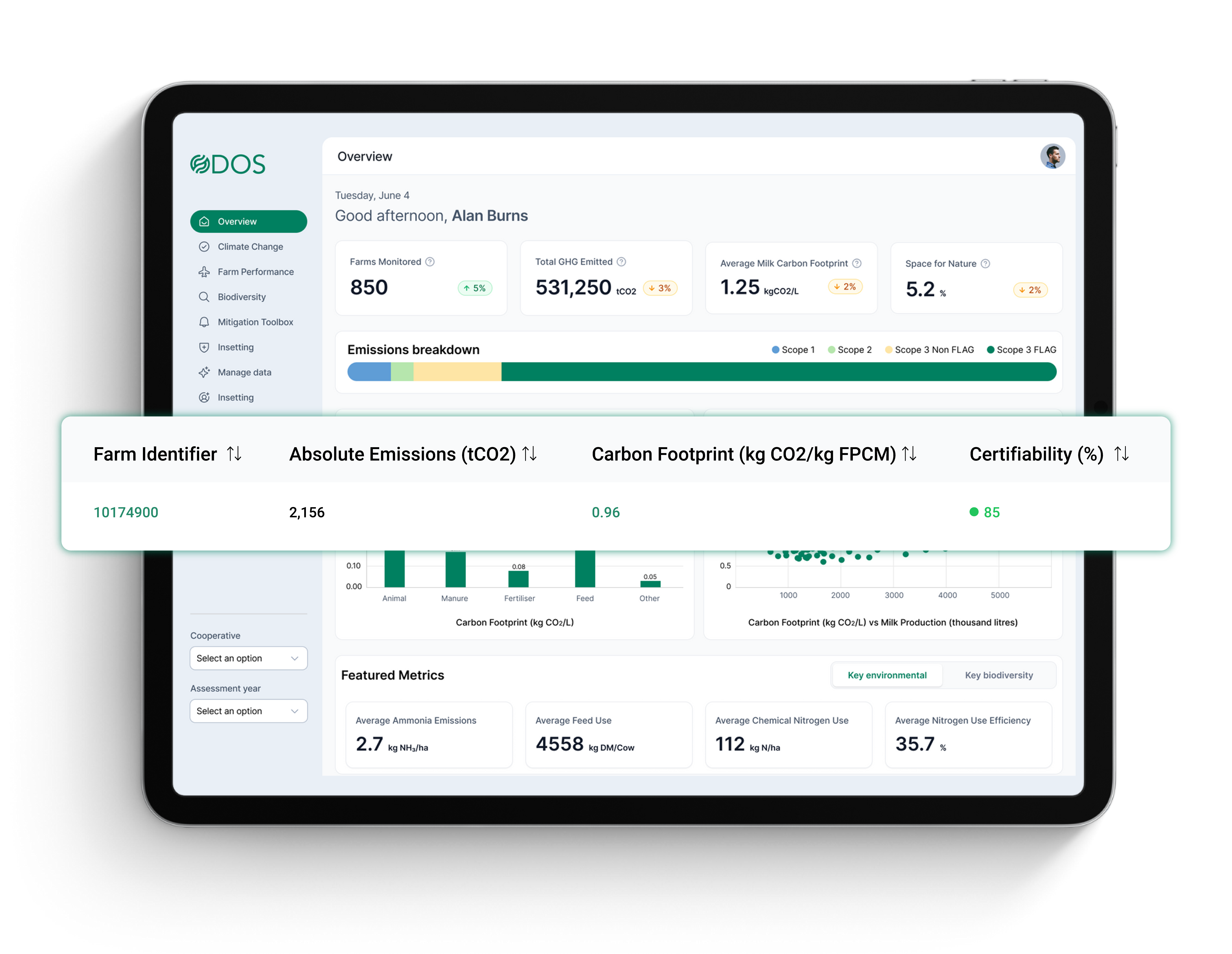
One Dashboard
View all data in one place. Act on results with mitigation and insetting strategies tailored to your olive groves.
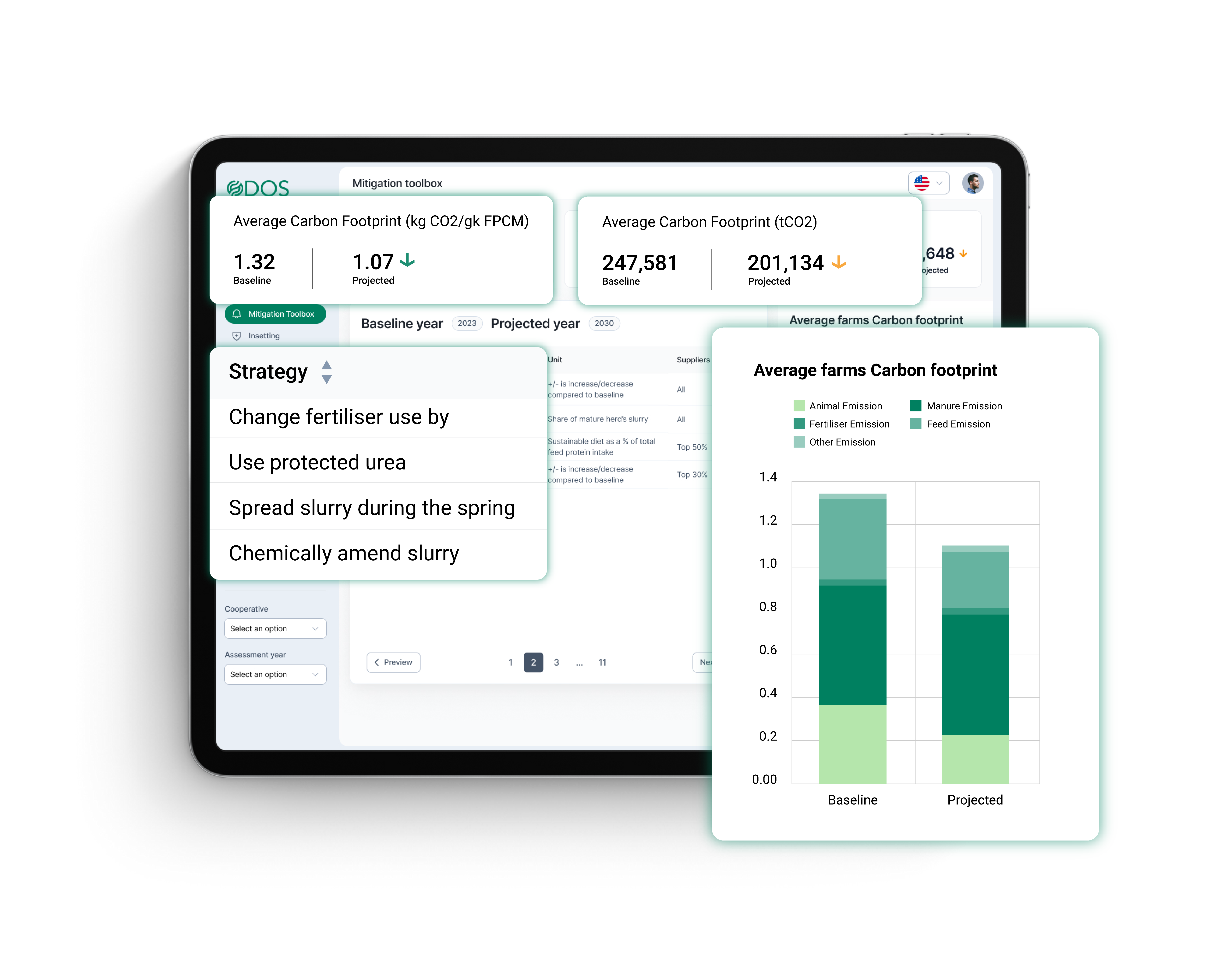
Who We Work With:







Next Steps with ODOS
Collect Data
We gather data from existing records, satellite imagery, and predictive analysis. No site visit needed, no delays, and no extra costs.
Collect Data
Design Models
We transform raw data into actionable insights and build models that help optimize impact, efficiency, and sustainability across your operations.
Design Models
Pilot
We run a 3-month pilot using 5% of your supply chain to validate infrastructure, test assumptions, and calibrate real-world performance.
Pilot
Insights
We give you access to a smart dashboard with mitigation and insetting strategies, built for compliance, credibility, and scalability.
Insights
Collect Data
We gather data from existing records, satellite imagery, and predictive analysis. No site visit needed, no delays, and no extra costs.
Design Models
We transform raw data into actionable insights and build models that help optimize impact, efficiency, and sustainability across your operations.
Pilot
We run a 3-month pilot using 5% of your supply chain to validate infrastructure, test assumptions, and calibrate real-world performance.
Insights
We give you access to a smart dashboard with mitigation and insetting strategies, built for compliance, credibility, and scalability.
Frequently Asked Questions
Not at all. ODOS uses satellite imagery, existing records, and predictive analysis to gather data. No site visits, no extra hardware, and no disruption to your growers.
We use very high-resolution satellite imagery and our own habitat condition tool to assess the quantity and quality of biodiversity across your vineyards. Think about scoring habitat connectivity, size, and condition with scientifically validated accuracy.
Yes. We specialize in identifying Scope 3 blind spots like packaging, inputs, and transport. Our tools help you model full value chain emissions and meet FLAG and CSRD expectations.
Organic certification is a strong start, but many buyers, grants, and EU policies (like CSRD or PAC eco-schemes) now require quantified environmental metrics, not just labels. Tracking carbon and biodiversity gives you the data to prove your impact and unlock funding.
ODOS is built for both. For cooperatives, we simplify member-level data collection and turn it into clear, standardized insights, perfect for group-wide reporting, funding, and storytelling.
Very quickly. We can run a baseline carbon and biodiversity assessment remotely, using existing records and satellite data, and deliver insights within a few weeks. No extensive onboarding required.
Absolutely. ODOS outputs the kind of verified carbon and biodiversity metrics that EU, PAC, and LIFE programs increasingly require. We help you back up your applications with real data.
ODOS is built to be simple, affordable, and cooperative-friendly. No need for complex apps or technical teams. We integrate with tools you already use and provide support every step of the way.
Ready to drive sustainability in Olive Oil?
Talk to our Carbon Footprint & Biodiversity experts on how you can start your journey.
